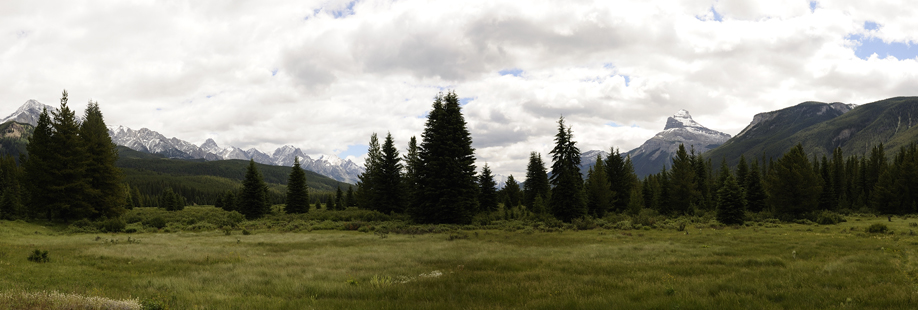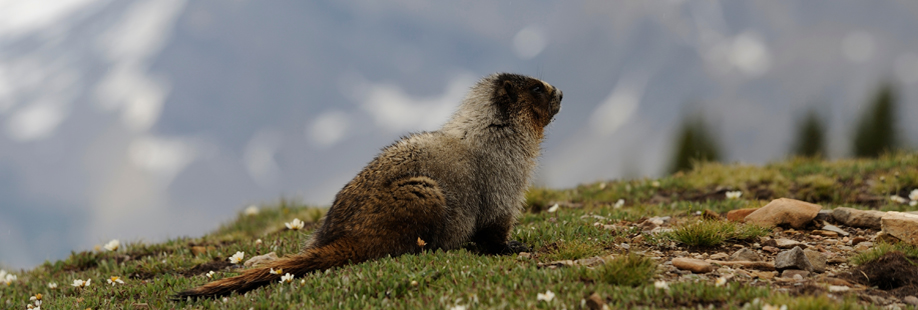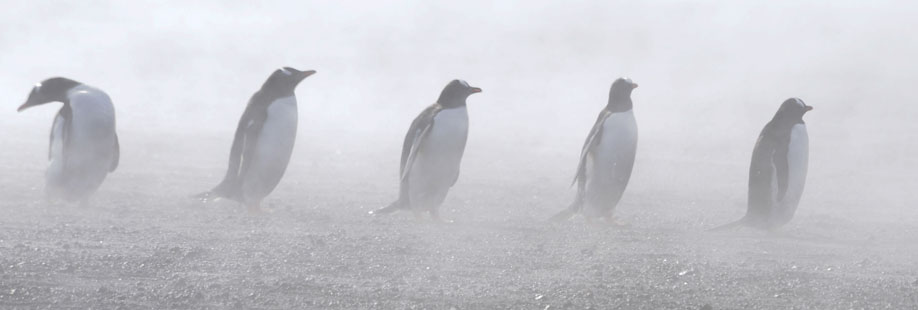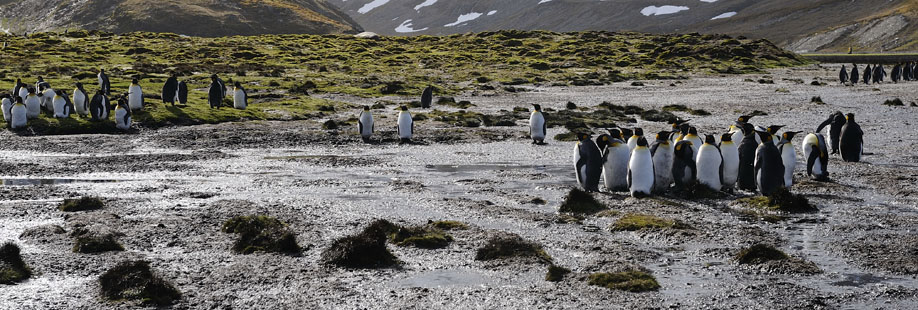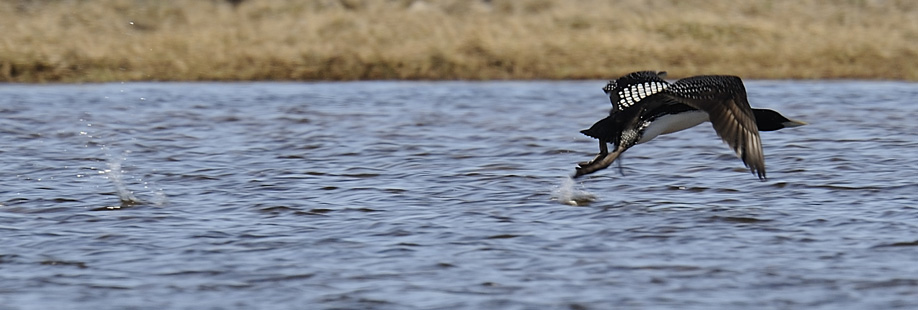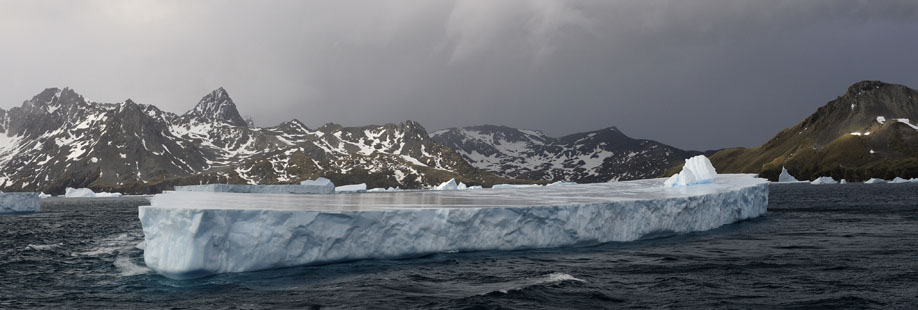I was born in Kirkcaldy, Scotland in 1942. I began to watch birds as a toddler from the kids seat on my father’s bicycle. By the time I went to school I could identify many of the local common bird species. I had my first telescope by the time I was 10 and spent my formative birding years in the fifties, in Largo bay, on the Forth Estuary in Scotland, a great spot for watching waders as well as rafts of ducks at long range. The place was simply magnificent. Great Northern and White-billed Divers could be seen alongside each other. Surf Scoters were present every year. Nobody believed us at the time. The sea birds from the Isle of May and the Bass Rock provided much of my summer birding.
After leaving school I moved to East Anglia and spent several years in Cambridgeshire before moving to Germany in the mid-sixties. I have been in Hildesheim, Lower Saxony ever since then. I was very fortunate to join a group of dedicated ornithologists, “disciples” of a man called Paul Feindt, who had founded the “Ornithologischer Verein zu Hildesheim” in 1953. Most of my ornithological experience has been in Central Europe. However I have been very fortunate in as much that I could undertake many trips oversees. I have spent the equivalent of a couple of years in North America and have over nine months in total in Australasia, including New Guinea and New Zealand. I have made numerous trips to Southern Europe, the Middle East, India, China and Japan. More recent are several trips to the Neotropics and trips to the Antarctic as well as to the High Arctic. As a result I have seen some 4000 bird species and photographed around 3000.
I have been taking photographs of birds and landscapes since I was about 10 years old. The first piece of equipment was basically a box camera. It was one of those awful Ilford TLRs. To get a picture you had to get within a few feet of the target. This was followed by a Kodak Retina. Apart from being 35 mm this was really not much better: then, a quantum leap, an Asahi Pentax Spotmatic. Later I progressed through the Pentax range and advanced to Rollei SL 2000 and a fast focusing Novoflex lens. This was followed by a change to Nikon F4 to enable the use of a magnificent range of powerful Nikkor lenses. During these 50 or so years I have amassed an enormous number of 35 mm slides. Looking back many of them are pretty awful. Not because the motives were bad, but because the development services, whether mass production or professional, often made a mess of the development, too much grain and poor fixing. None-the-less the task remains to digitalize the best of them.
I have remained with Nikon during the change to digital photography. Graduating from D1, through D2 to these magnificent D3s. Then on to D4 and D800. The possibilities presented to nature photographers by such equipment are mind boggling. As far as Id-snapshots are concerned you can get useable photos of leaf-warblers and tits at 20 meters and more. In the case of large sea birds in excess of 200 meters is no hindrance. That is, as long as the bird is in focus of course. Anything at close range should give excellent results. The post-processing tools, which are now available, such as Photoshop, Capture, and Aperture provide possibilities of enhancement, which were impossible in the old darkroom days.

